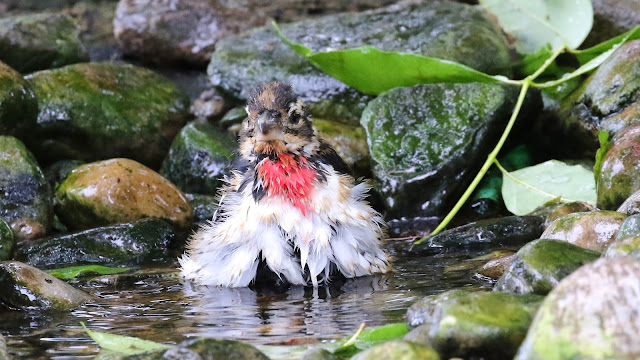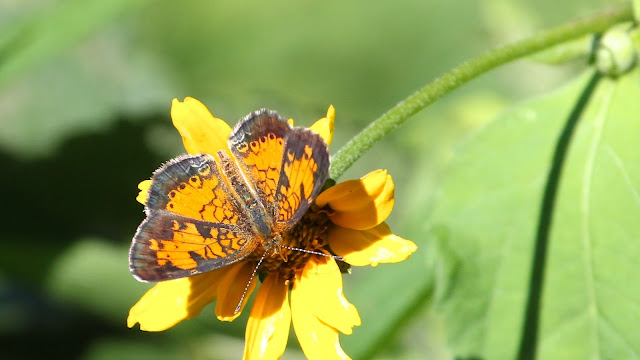Hatched out in the morning, released in the afternoon. This hatchling is about the size of your standard yellow pencil. pantherophis gloydi The eastern fox snake is the third-largest snake in Ontario and can reach a length of up to 1.7 metres, although most individuals are smaller. Its body is yellow to light brown with large, dark brown blotches down the back and two alternating rows of smaller blotches along the sides. This snake has a reddish brown head with dark bars around the eyes and a yellow chin. Its belly, which is also yellow, has alternating brown patches. The scales of this species are lightly keeled (ridged down the centre) and its anal plate is divided. source - Ontario Nature.














